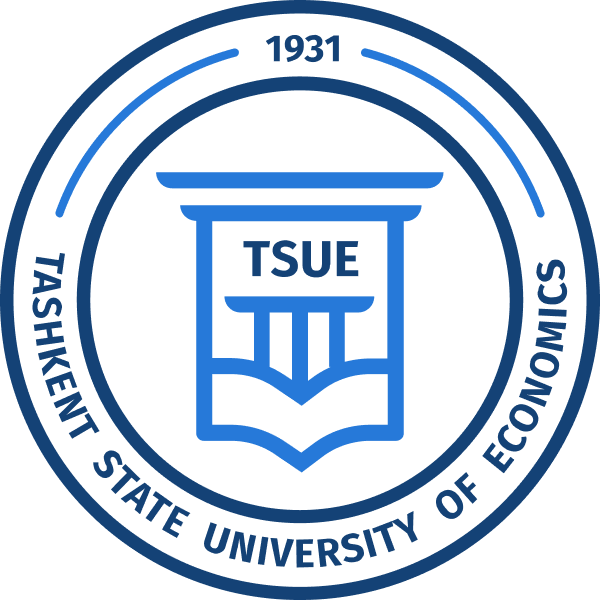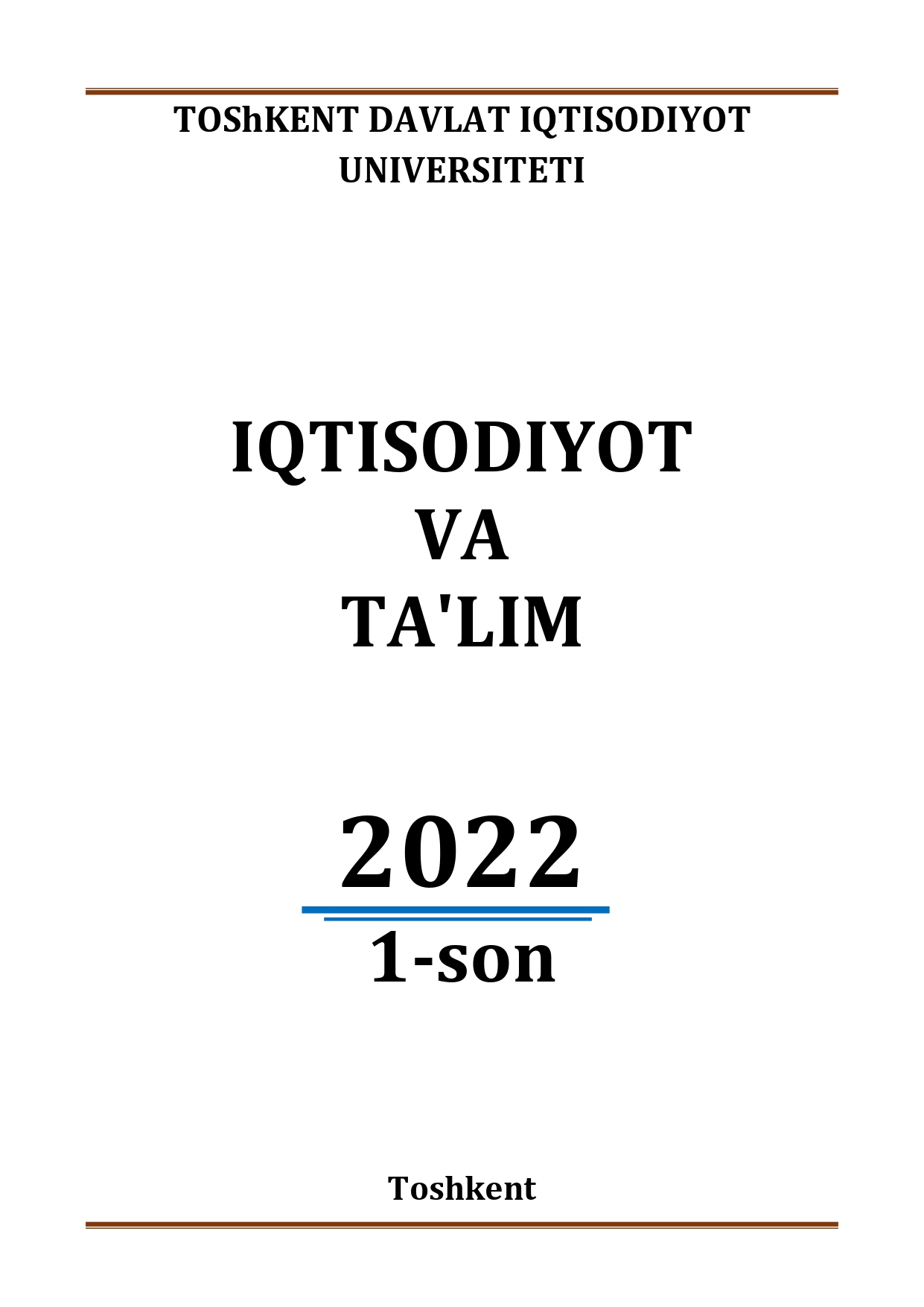Abstrak
Возрастающее влияние глобализации на международную трудовую миграцию, изучение ее теоретических основ приобретает все большее значение для многих ученых. В связи с этим концепция виртуальной миграции, не требующей перемещения в физическом пространстве, приобретает все большее значение в цифровой экономике. Цель исследования - найти возможности глобализации современного информационного пространства для вовлечения трудовых ресурсов в международный обмен и на этой основе обосновать целесообразность новых направлений трудовой миграции и новых видов трудовой миграции.
Bibliografik manbalar
Nahornyi, Y.V., Naumov, V.S., & Viter, N.S. (2010). The Analysis of the Basic Stages of the Container Development. Avtomobilnyi Transport, 26, 85–91.
Mykhajlova, K. (2008). Globalization Changes in Modern Society: Benefits and Risks for Domestic Education. Visnyk Mizhnarodnogho Slov’jansjkogho Universytetu, 1, 13–16.
Aneesh A. Virtual migration: The programming of globalization. Durham; London: Duke University Press, 2006. 208 p. DOI: 10.2307/j.ctv125jms5.
McCarthy, J. (2011). Computer Scientist Known as the Father of AI. Independent. Retrieved March 1, 2020, from http://www.independent.co.uk/news/obituaries/john-mccarthy-computer-scientist-known-as-the-father-of-ai-6255307.html
Xiang, B. (2014). The Would-Be Migrant: Post-Socialist Primitive Accumulation, Potential Transnational Mobility, and the Displacement of the Present in Northeast China. Trans–Regional and National Studies of Southeast Asia, 2(2), 183–199.
Kässi O., Lehdonvirta V. Online Labour Index: Measuring the Online Gig Economy for Policy and Research. MPRA Paper No. 74943. Oxford Internet Institute. 03.11.2016. 19 p.
De Stefano V. The Rise of the ‘Just-in-Time Workforce’: On-Demand Work, Crowd Work and Labour Protection in the ‘Gig-Economy’. Comparative Labor Law & Policy Journal. 2016. Vol. 37, No. 3. Pp.461–471.
Digital labour platforms and the future of work: Towards decent work in the online world. Geneva: International Labour Office, 2018. 165 p. ISBN: 978-92-2-031024-3.
Huk, N. (2012). Change of Direction of Migration Flows of the Emergence of New Types of Mi- gration Under the Influence of ICT. Zovnishnia Torhivlia: Ekonomika, Finansy, Pravo, 1, 90.
Kupets, O. (2006). Determinants of Unemployment Duration in Ukraine. Journal of Com- parative Economics, 34(2), 228–247.
Krusell, P., Ohnian, L., Rios-Rull, J., & Violante, G. (2002). Capital-Skill Complementarity and Inequality: a Macroeconomic Analysis. Econometrica, 68(5), 1029–1053.
Duggan J., Sherman U., Carbery R., McDonnell A. Algorithmic management and app‐work in the gig economy: A research agenda for employment relations and HRM. Human Resource Management Journal, 2020; 30. Pp. 114–132. DOI: 10.1111/1748-8583.12258.
Hurley J. Boss determined to deliver the right ingredients for success // The Times. Newspaper. 26.02.2018. URL: https://www.thetimes.co.uk/article/boss-determined-to-deliver-the-right-ingredients-forsuccess-6gtczs8xq (accessed on 15.10.2020).
Lee M. K., Kusbit D., Metsky E., Dabbish L. Working with machines: The impact of algorithmic and data-driven management on human workers. Proceedings of the 33rd Annual ACM Conference on Human Factors in Computing Systems. April 2015. Pp. 1603–1612. DOI:10.1145/2702123.2702548.
Healy J., Nicholson D., Pekarek A. Should we take the gig economy seriously? Labour and Industry: A Journal of the Social and Economic Relations of Work. 2017. Vol. 27, No. 3. Pp. 232–248. DOI:10.1080/10301763.2017.1377048.
Berg J. Income Security in the On-Demand Economy: Findings and Policy Lessons from a Survey of Crowdworkers. Comparative Labor Law & Policy Journal. 2016. Vol. 37, No. 3. P. 543.
Choudhury P., Foroughi C., Larson B. Work-From-Anywhere: The Productivity Effects of Geographic Flexibility. Strategic Management Journal. 2021. Vol. 42, No. 4. Pp. 655–683. DOI: 10.1002/smj.3251.
Lehdonvirta V. Where are online workers located? The international division of digital gig work //The iLabour Project / Oxford Internet Institute [site]. 11.07.2017. URL: https://ilabour.oii.ox.ac.uk/whereare-online-workers-located-the-international-division-of-digital-gig-work (accessed on 15.10.2020).
Stakanov R., Ukhova A., Digitization and robotization of the world economy as a key determinanat of the international labor market transformation. Torun international studies. 2020. 2020, No. 1 (13), pp. 93–104. DOI: hƩp://dx.doi.org/10.12775/TIS.2020.007
Rise of Online Work Captured in the First Online Labour Index.

This work is licensed under a Creative Commons Attribution-ShareAlike 4.0 International License.
Copyright (c) 2022 Иқтисодиёт ва таълим

